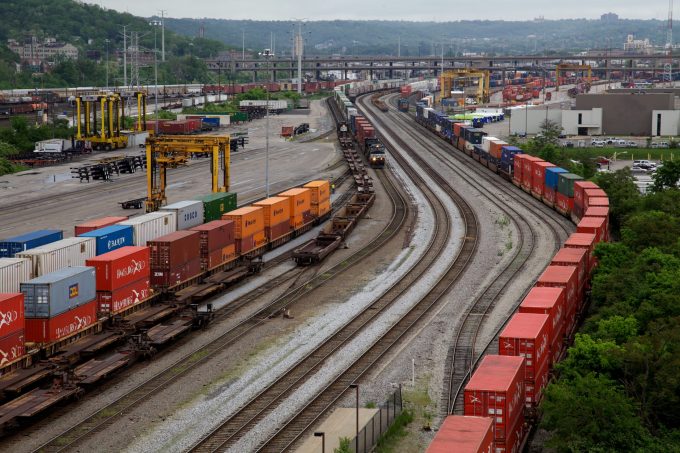FMC halts Gemini alliance and demands more info from Maersk and Hapag
Maersk and Hapag-Lloyd’s Gemini Cooperation, a capacity-sharing alliance between the second and fifth top global ...

With the trucking sector losing steam and soaring fuel prices pushing shippers to rein in costs, intermodal traffic should be on the ascent in the US, but the latest numbers show a continuing downward trend.
According to the Intermodal Association of North America (IANA), intermodal volumes dropped 6.6% in the first quarter, year on year. International registered the steepest drop, falling 15.5%, while IANA’s intermodal trailer count was down 12.8%.
The seven intermodal corridors with the highest traffic density, which account for ...
Transpacific sees first major MSC blanks as rates fall and volumes falter
'It’s healthy competition' Maersk tells forwarders bidding for same business
Opposition builds for final hearing on US plan to tax Chinese box ship calls
White House confirms automotive tariffs – 'a disaster for the industry'
New price hikes may slow ocean spot rate slide – but for how long?
Supply chain delays expected after earthquake hits Myanmar
Shippers snap up airfreight capacity to US ahead of tariff deadline
Tighter EU import requirements proving 'a challenge' for forwarders

Comment on this article